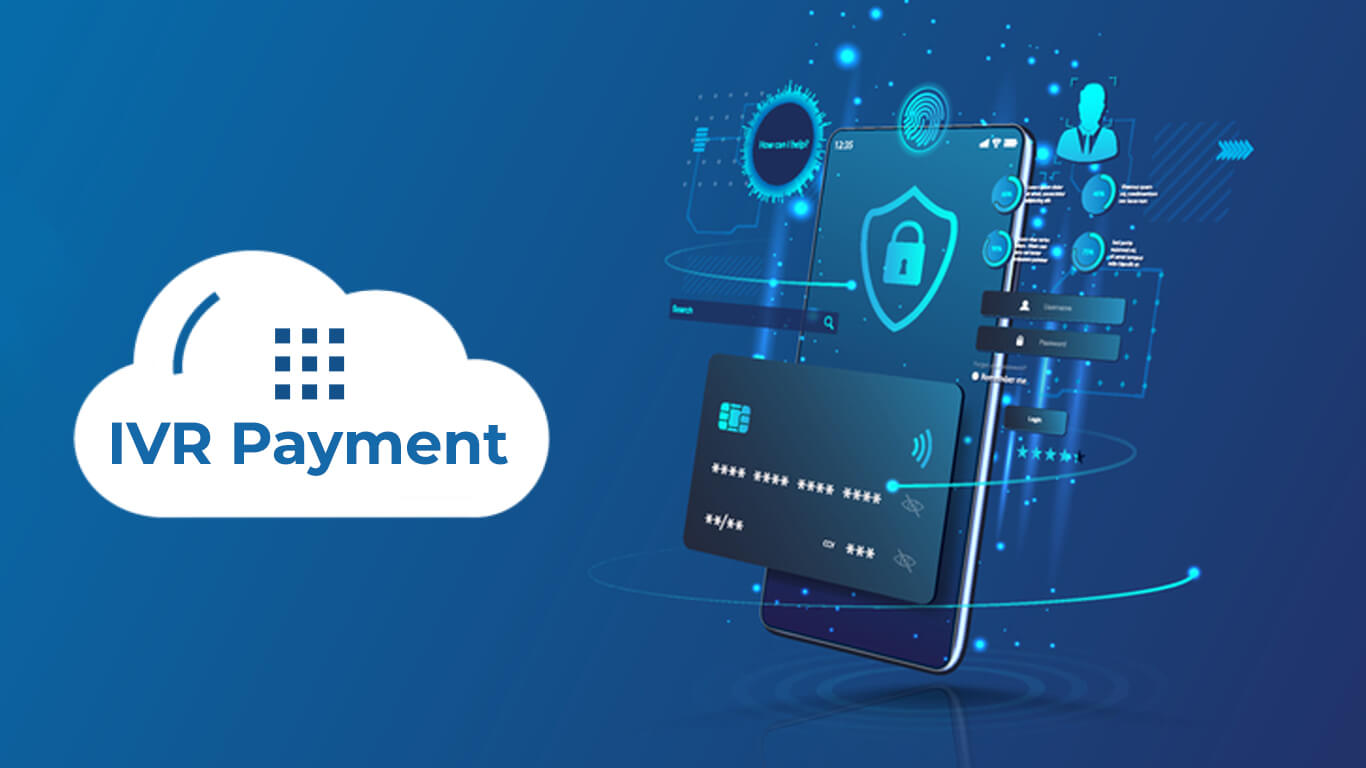Have you ever wondered what call center technology is? Call center technology solutions transform the customer experience. So much so that the cloud-based call center solutions used today greatly increase customer satisfaction.
Let’s examine what is the best call center technology and how companies use it to solve customer problems.

What is call center technology?
Call center technology is a type of strategy that manages incoming and outgoing phone calls by contact centers. These technologies use special software to talk to callers. Basically, there is special software that a call center team uses. Such features used include call forwarding, call recording, and call distribution.
What technologies do call centers use?
Let’s examine these one by one:
PBX
A PBX refers to an internal business phone system with multiple phones sharing the same network. On-company solutions are now often run with a virtual or hosted PBX.
VoIP
VoIP has become essential for commercial businesses over the past few years. Many businesses are starting to prefer VoIP over traditional phone lines. Employees easily adopted VoIP service as it provides greater flexibility.
SIP trunking
Businesses that are not ready to switch directly to VoIP technology can reduce costs with SIP trunking. SIP offers multi-channel calling over an existing internet connection. This is a VoIP phone service but made for an office PBX.
Screen pop
When agents receive a call, they see a window with their account details. There is a field that displays customers’ name, past interactions, account value, data and much more. Intelligence is based on caller ID cross-referenced with CRM.
CRM
Almost every business collects customer data in a CRM. Call centers also use a CRM integration system. CRMs are often one of the main programs required to track the customer journey. When choosing a CRM, consider your needs a few years later and choose a program that will serve them.
Call queuing
When demand for your business increases, customers will wait in line to speak to an agent. This call center technology is known as the call queue. Call queues inform callers of estimated wait times, locations and related announcements. So, that annoying voice that tells you how many people are waiting in line when you call a business is the product of this technology. Modern call center systems offer this functionality but may limit the number of calls in the queue. This feature helps those waiting to understand what queue they are in.
Queue callback
Companies can take the help of various call center software to save customers time. The phone system maintains the caller’s place in line with the callback feature and calls them back when the agent is ready. This feature is as useful as it is convenient and increases satisfaction by ensuring that customers do not wait in long queues.
Call analytics
Call centers use actionable business analytics to measure performance. Admins can estimate search volume and metrics with real data; can forward calls to other operators. Business analytics, one of the call center technology solutions, provides insights into companies’ workforce management and improves customer experience.
Call recording
Call centers used to record conversations on tapes, but nowadays these call recordings are saved in a cloud PBX. Supervisors can listen to recorded and live calls in real time.
VoIP softphones
When teams working remotely need to get their work done from home, they often do so with a VoIP softphone. A VoIP phone allows your team to view calls from devices with internet access, such as computers and smartphones. Cloud contact centers often provide softphone functionality for a small fee.
These call center technologies enable companies to deliver a better customer experience while reducing costs.
Emerging call center trends
Let’s see them:
1) Virtual call centers are taking over the market.
As the old technologies become less efficient than new technologies, companies are starting to reach efficient cloud solutions. All-in-one cloud communication systems, on the other hand, have become the apple of the eye of many companies through their advanced technological features.
- A cloud-based VoIP phone system means virtually unlimited scalability,
- Companies can adapt to remote working,
- In-house phone systems are no longer obsolete for today’s business processes,
- Easier to obtain and operate virtual phone permits for SMEs.
2) Growing demand for unified communication.
With the acceleration of remote working, employees’ need for powerful communication tools emerges. These tools are called “UCaaS” for short.
Your team can quickly serve customers without repeating unnecessary questions with these tools. These tools integrate with your office phone system, sales CRM, customer help desk, and team chat.
Team collaboration is now a necessary point of a business phone system. You can provide effective communication by using only one of them instead of separate meeting applications. With call center technology, each of your members can do their part.
UCaaS providers use software and hardware. There are no initial costs, so it is much easier to migrate and can accommodate all the features your business needs.
3) Consumers expect consistency across multiple channels.
Customers expect answers from many channels such as social media, mail, phone, and messages. And this process is annoying for customers because they don’t want to talk about the same topic over and over on every platform. Here, multi-channel service call center technology comes into play.
Customers use various channels to communicate with your agents. This type of cloud-based solution combines telephony, CRM, and team collaboration in one package. This is both cost-effective and helpful to customers.
What are the different types of call centers?
There are two types of call centers, inbound and outbound.
Outbound call centers are call centers where outbound calls are made. Existing customers in these centers are usually called to identify sales opportunities.
Inbound call center agents usually answer calls for customer support, product recommendations, or customers who have problems with the product.
Many call centers today use both inbound and outbound calls at the same time. Call center technology generally includes both inbound and outbound call centers.



